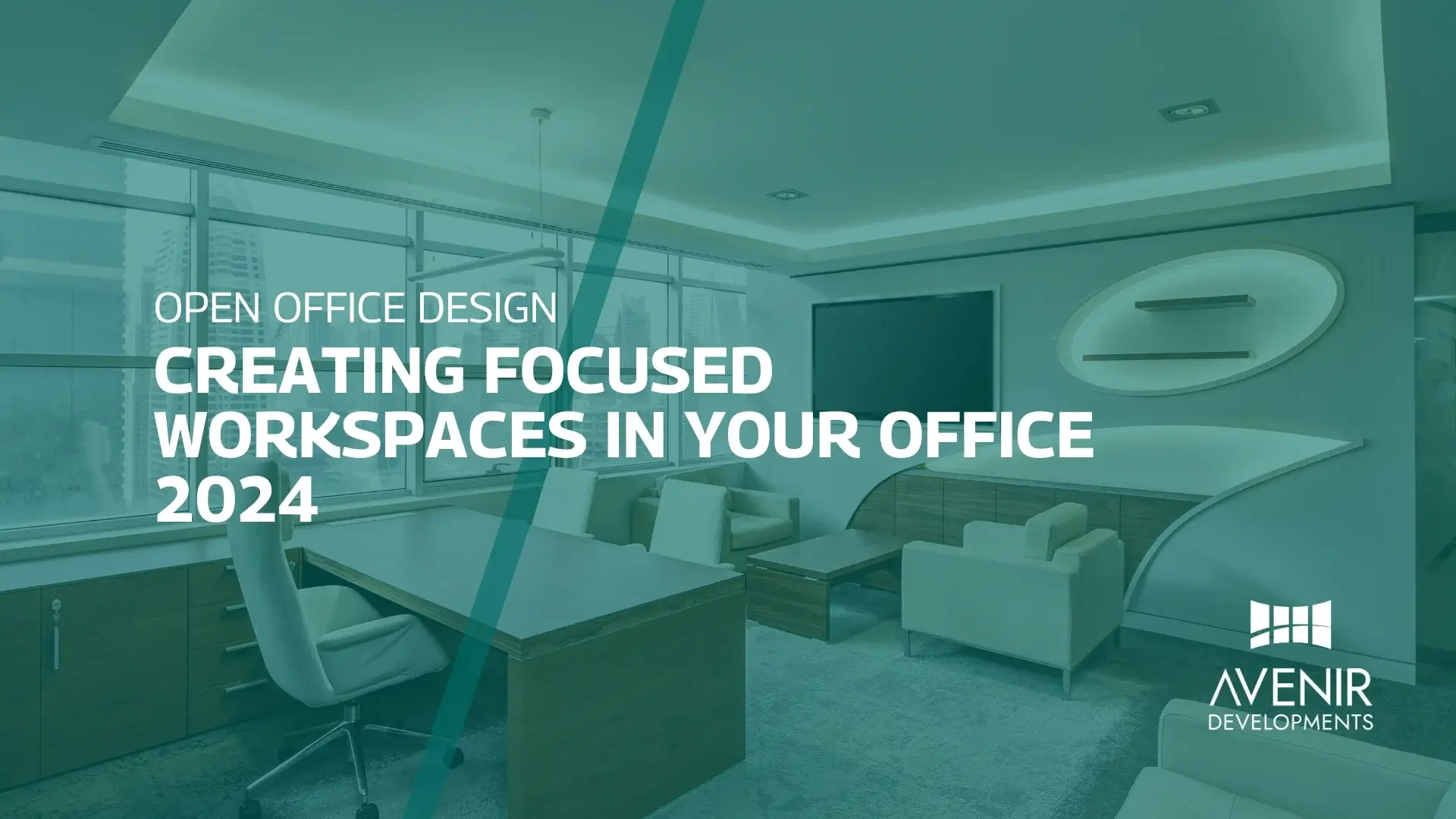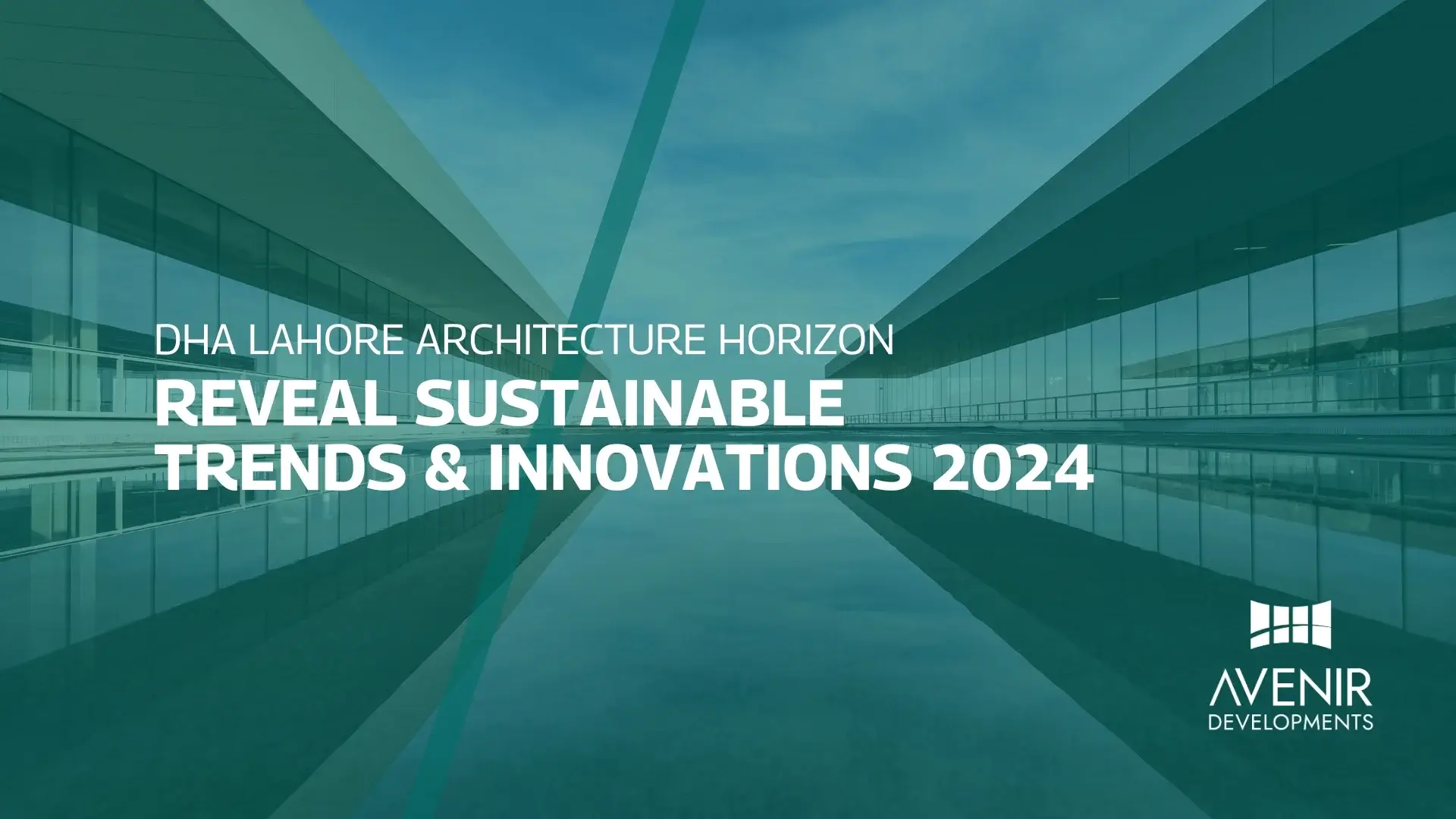Types of Flooring and its Pros and Cons in Pakisan
Interior Design, Architecture, Residential, Residential Apartments, Best Interior design firm in Lahore
Introduction
In today’s rapidly changing world, environmental concerns have become a pressing issue, necessitating a shift towards sustainable practices. The concept of Circular Economy and architecture provides a promising solution to tackle these challenges while fostering economic growth and innovation. This article delves deep into the principles of the Circular Economy and its application in the field of architecture. Join us on this enlightening journey as we explore how Circular Economy is revolutionizing the construction industry and creating a better future for the planet.
Circular Economy and Architecture: Exploring the Fundamentals
In this section, we will dive into the core principles of the Circular Economy and its significance in the architecture domain.
Understanding the Circular Economy
The Circular Economy is an economic model that aims to minimize waste and extract maximum value from resources by keeping them in use for as long as possible. Unlike the traditional linear economy, which follows a “take, make, dispose” approach, the Circular Economy emphasizes sustainability, regeneration, and recycling.
Integrating Circular Economy Principles in Architecture
In architecture, adopting Circular Economy principles involves rethinking the entire design, construction, and operational processes. Architects, engineers, and stakeholders collaborate to create buildings and structures that are energy-efficient, resource-friendly, and adaptable to changing needs.
The Role of Sustainable Materials
Central to Circular Economy in architecture is the use of sustainable materials. We explore the various eco-friendly materials that architects employ to reduce the environmental impact of construction.
Designing for Circular Economy: Innovations in Architecture
Circular Economy and architecture have paved the way for innovative design concepts that promote sustainability and address environmental challenges.
Biophilic Design: Merging Nature and Architecture
Biophilic design is an approach that seeks to reconnect people with nature by incorporating natural elements into the built environment. Learn how architects are harnessing the power of biophilia to improve the well-being of occupants and reduce energy consumption.
Adaptive Reuse: Transforming Old into New
Adaptive reuse involves repurposing existing structures for different functions instead of demolishing them. Discover how this practice not only preserves historical buildings but also contributes to resource conservation.
Net-Zero Buildings: Aiming for Energy Neutrality
Net-zero buildings generate as much renewable energy as they consume, resulting in a net-zero carbon footprint. Explore the technologies and strategies architects employ to achieve energy neutrality.
Circular Economy and Architecture in Action: Real-Life Case Studies
In this section, we delve into real-life examples of Circular Economy practices in architectural projects worldwide.
The Circular Building: Amsterdam’s Sustainable Icon
The Circular Building in Amsterdam is an exemplary model of Circular Economy principles in action. Uncover the innovative strategies and materials used to construct this sustainable landmark.
The Renewed Mall: Transforming Retail Spaces
Explore how an abandoned mall was revitalized using Circular Economy principles, turning it into a green, vibrant community space with a reduced ecological footprint.
Challenges and Opportunities
While Circular Economy and architecture offer numerous benefits, there are also challenges that need to be addressed.
Scaling Up: From Concept to Global Adoption
To achieve substantial environmental impact, Circular Economy practices must be adopted on a global scale. We discuss the challenges and opportunities in scaling up Circular Economy in architecture.
Economics of Sustainability: Balancing Costs and Benefits
Implementing Circular Economy practices in architecture might involve initial costs. We analyze the long-term economic benefits and the potential return on investment for sustainable building practices.
FAQs
-
What is Circular Economy in architecture? Circular Economy in architecture refers to the application of Circular Economy principles in the design, construction, and operation of buildings, promoting sustainability, resource efficiency, and waste reduction.
-
How does biophilic design benefit architecture? Biophilic design enhances the connection between occupants and nature, leading to improved well-being, increased productivity, and reduced energy consumption.
-
What are net-zero buildings, and how are they achieved? Net-zero buildings produce as much renewable energy as they consume, resulting in a net-zero carbon footprint. This is achieved through energy-efficient design and the integration of renewable energy sources.
-
What are the challenges in adopting Circular Economy in architecture globally? Scaling up Circular Economy practices globally requires overcoming challenges such as policy alignment, infrastructure development, and changing mindsets within the construction industry.
-
How does adaptive reuse contribute to sustainability in architecture? Adaptive reuse preserves existing structures, reducing the need for new construction and minimizing resource consumption, thus promoting sustainability.
-
Can sustainable materials be aesthetically appealing in architecture? Yes, sustainable materials can be aesthetically appealing. With advancements in technology and design, eco-friendly materials offer both functionality and visual appeal in modern architecture.
Conclusion
Circular Economy and architecture are shaping the future of construction, prioritizing sustainability and minimizing environmental impact. By adopting Circular Economy principles, architects and stakeholders play a crucial role in creating a greener, more efficient built environment. From biophilic designs that connect people with nature to net-zero buildings that strive for energy neutrality, the possibilities are limitless. Embracing Circular Economy practices in architecture is not only a responsible choice but a step towards a better, more sustainable world for generations to come.






